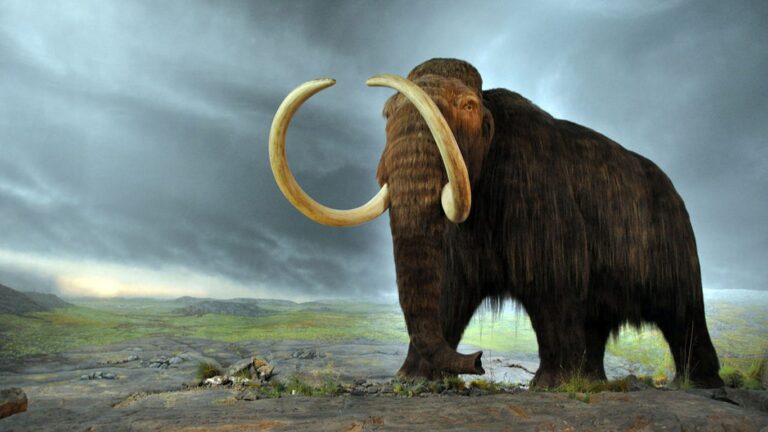For quite a bit of written history, the scene of landmasses worldwide has been steady and minimal evolving. Nonetheless, over the ages, the ocean levels have risen and fallen relying upon the climate in the world. Millennia prior, a portion of the planet that is presently canvassed in water was dry land, and old animals meandered there openly. A gathering of specialists from the Monterey Bay Aquarium Research Institute leading remote ocean investigations off the shore of California made a fascinating revelation.
During their exploration, a submerged robot pilot Randy Prickett and researcher Stephen Haddock found something unforeseen. While investigating a submerged mountain around 185 miles off the shore of California at a profundity of 10,000 feet, they spotted what gave off an impression of being an elephant’s tusk lying on the ocean bottom. At the point when they made the revelation, the group gathered a little example from the tusk and returned in July 2021 to recover the total example.
Researchers have been looking at the example since its recovery and have found that the tusk doesn’t come from an elephant. Rather, it’s a tusk from a Colombian mammoth that is around three feet long. We probably won’t contemplate the sea profundities as safeguarding material, however in this example the cold and high-pressure climate in the remote ocean have interestingly protected the example.
The profoundly saved example permits researchers to concentrate on it exhaustively utilizing processed tomography sweeps to uncover the three-layered inward design. Researchers were likewise ready to learn more data about the historical backdrop of the creature, including its age. Analysts are concentrating on various parts of the example, including insights concerning the creature the tusk had a place with. In the mean time, specialists from the University of California, Santa Cruz, are exploring when and how the tusk showed up at such an extraordinary profundity thus distant the shore of California.
The example is accepted to be the most established very much saved mammoth tusk recuperated in North America. UCSC’s Geochronology Lab, driven by Terrence Blackburn, is attempting to date the example. By investigating radioisotopes, they took in the tusk is more than 100,000 years of age. Blackburn said the example was dated by dissecting radioisotopes, to a great extent dependent on the regular radioactive rot of uranium and thorium isotopes the tusk accumulated from the sea. Since the example was found in the sea, it’s more straightforward to find out with regards to the example’s set of experiences than it would be had it been found ashore.

